All the KPOP DEMON HUNTERS Movie Locations We Accidentally Saw Last Month
We recently visited Seoul, South Korea, and it made this new animated movie look *so* familiar!
KPop Demon Hunters is Netflix’s most popular movie ever, and it’s also inspired a Billboard Hot 100 number one single (“Golden”), and a number one soundtrack album — the first soundtrack album to ever have four songs reach the top ten.
The animated movie is also, you know, good. Michael and I both loved its humor, music, and all-around heart.
This was a surprise. When it comes to breakout pop culture phenomena, I’m not always on the same page as the rest of the world. I thought Frozen was shockingly mediocre with exactly one good song.
Anyway, here’s the KPop Demon Hunters storyline: an all-girl K-pop band is actually the latest in a long line of demon hunters, and they’re secretly using the energy generated by the excitement of their fans to create a magical barrier between our world and a demon realm. But the demons in that other realm have decided to fight back, sending an adorably-banged boy band that competes for the attention of the fans and is using their energy to destroy the magical barrier.
If you can’t see the sheer genius of this plot, well, I’m not sure I want to know you.
(I’d also argue that the movie is more than just silly camp. Thanks to social media, fandoms are clearly one of the most powerful forces in the world right now. One might even say that we now have competing political “fandoms” fighting to determine the future of Planet Earth, exactly like in the movie.)
But even more than the movie’s story, Michael and I were delighted to see so many familiar sights. The two of us recently spent a week in Seoul, South Korea, and the movie very much leans into Korean culture and the capital city’s most iconic locations.
Which is a little ironic because, unlike, say, Parasite or Squid Game, KPop Demon Hunters isn’t “Korean” per se: it’s produced by American companies with work from Canadian and American artists, some of whom were trying to “celebrate” their Korean heritage.
Regardless, here are all the Seoul locations and traditions featured in the movie that we saw for real just a few weeks ago.
(But do keep in mind that we left South Korea before we watched KPop Demon Hunters. If we’d seen the movie, we would have been far more mindful in our photos. These are just pictures that Michael happened to take!)
Gyeongbokgung Palace
In KPop Demon Hunters, Seoul’s famous Gyeongbokgung Palace appears in several flashbacks, when Jinu tells how he ended up a demon.
Which brings up a big question I had while watching the movie: Without revealing the movie’s major plot twist, how is it that some characters become demonic by their actions, and other characters are simply born demonic?
Gyeongbokgung Palace is the largest of four massive palace complexes inside the city of Seoul. They’re considered major tourist attractions, but honestly? We found them fairly uniform and kinda boring.
In fact, at one of the city’s smaller temples, a sign explained how the building’s design was deliberately monotonous to invite meditation and contemplation.
Which…fine. But I didn’t need that much contemplation.
(Or, wait, maybe I very clearly did!)
Naksan Park City Wall
One of the things I love about Seoul (and many Asian cities) is that, despite being a city of many millions of people, there are wilderness areas and even major hikes right in the city — or right at the city’s edge.
Better still, I was excited to read that several of these parks contain the ruins of the city’s ancient walls.
Alas, all of the walls you can get close to have all been heavily restored, which kinda kills the whole “ancient city walls” vibe.
But Naksan Park still includes one of the city’s most spectacular views, and it made for a great “enemies-to-lovers” scene in KPop Demon Hunters.
Lotte World Tower
Seoul’s Lotte World Tower is the world’s sixth-tallest building, and the second I saw the scenes in the HUNTR/X’s condo (which is called HUNTR/X Tower in the movie), I said, “That’s Lotte Tower!”
And sure enough, there are both luxury hotel rooms and high-end apartments in Lotte Tower. Unfortunately, Michael and I only went up to the boring old observation deck.
Yummy Korean Food
Let’s face it: if you’re a Westerner coming to this part of the world, you’re coming, in part, for the amazing food. And I thought KPop Demon Hunters did a great job with that — especially the already-iconic noodle-slurping scene, and including tiny but accurate details like how Koreans tend to put a napkin under their chopsticks between courses. The demon hunters also eat seaweed rice rolls known as “kimbap” and a kind of sausage called “sundae.”
Speaking of food, in one market, Michael and I got pieces of fried octopus. When we asked what it was, the vendor said, “takoyaki,” which is a Japanese dish that translates to “octopus balls.”
And we may or may not have spent the rest of the week giggling to each other that “We ate octopus balls!”
N Seoul Tower
I said above that one of the best views of Seoul is from Naksan Park City Wall, but it’s not the best view. That’s from the top of Namsan Mountain, which is also the location of Seoul’s iconic N Seoul Tower — repeatedly featured in KPOP Demon Hunters’ many city establishing shots.
You get to the top of this “mountain” either via cable car or by walking, and along the way, you’ll see thousands of “love locks” where lovers have padlocked a lock to the railings and then thrown away the key.
And once you get to the top of the mountain, you’ll know why lovers have locked all those padlocks: it’s the best view of Seoul — and you don’t even need to go up the tower to see it.
Even Sherlock Holmes and Professor Moriarty would go from enemies to lovers here!
And So Much More…
This is really just the start of Seoul locations and traditions that we saw that were also featured prominently in the film. Others include:
Myeongdong Shopping Street, where the Saja Boys debut their song “Soda Pop.”
Cheongdam Bridge, where HUNTR/X fight demons on top of a subway train.
The traditional Korean hats (called gat) and hanbok overcoats (called dopo) that the Saja Boys wear in their demonic form.
And Bukchon Hanok Village, the traditional part of town where Rumi and Jinu secretly meet (and sing “Free”).
Incidentally, given all this new attention, I feel especially sorry for the real-world residents of Bukchon Hanok Village, since the area is already a huge tourist attraction, and there are signs everywhere that say: “Please respect the locals who live here and be quiet!”
And there are plenty of other real-world references prominently featured in KPop Demon Hunters that I haven’t even mentioned: Seoul Olympic Stadium, COEX Screen Square, and the massive blue glowing tigers that fly people all over the city at night.
Okay, I may have just made that last one up.
The greater point is, the movie was fun — and more proof that Korean culture really is taking over the world.
It’s also one more reason to visit the fabulous city that is Seoul.
Brent Hartinger is a screenwriter and author. Check out my new newsletter about my books and movies at www.BrentHartinger.com. And order my latest book, below.






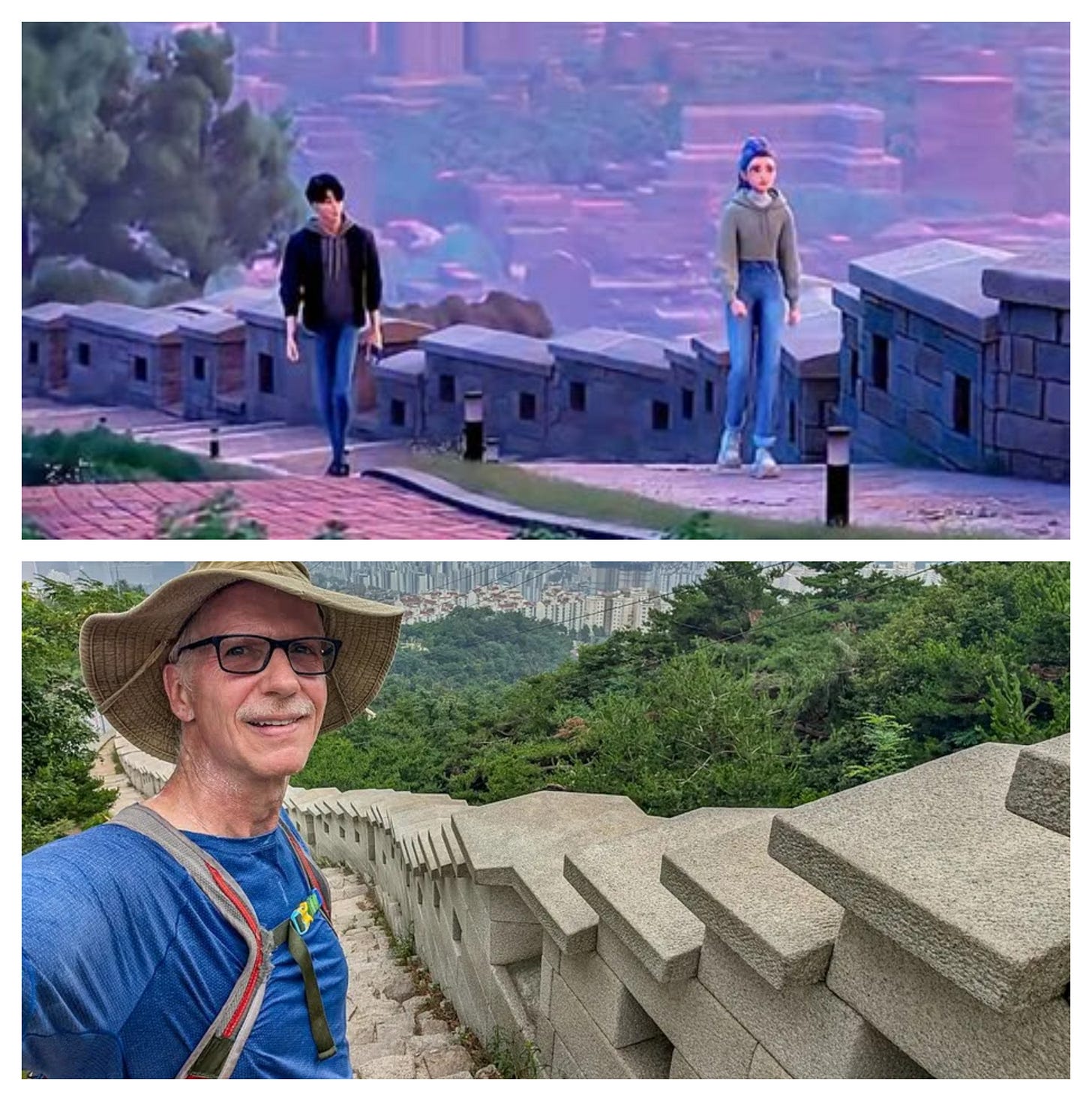


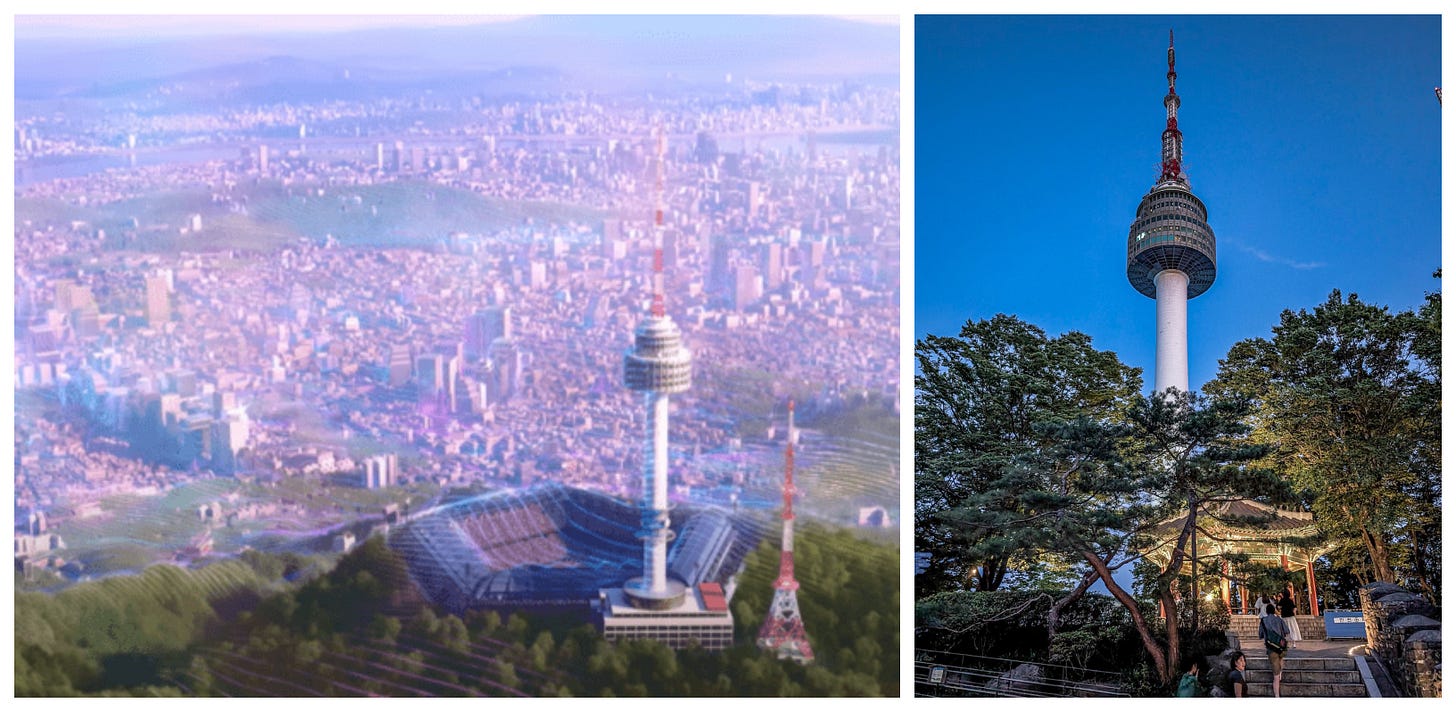
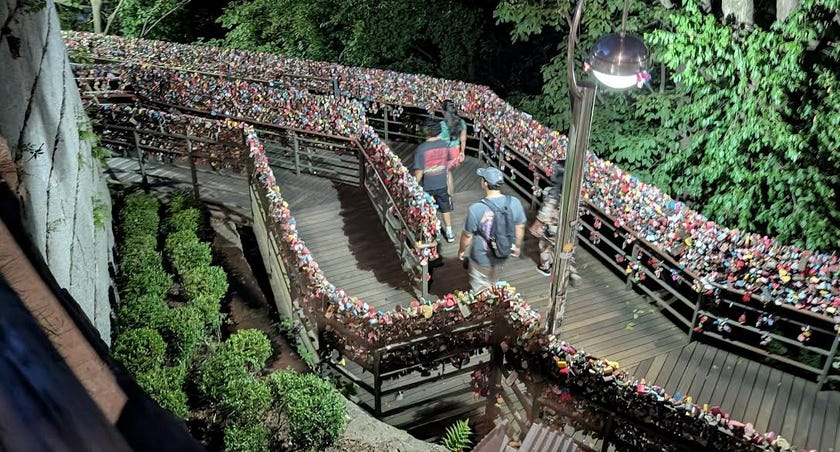
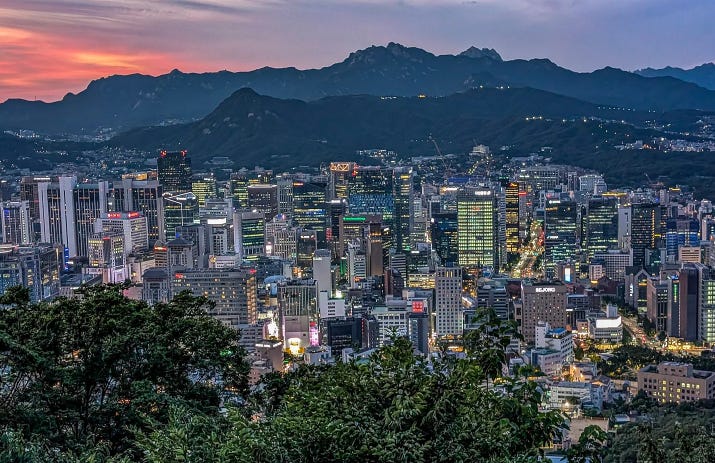


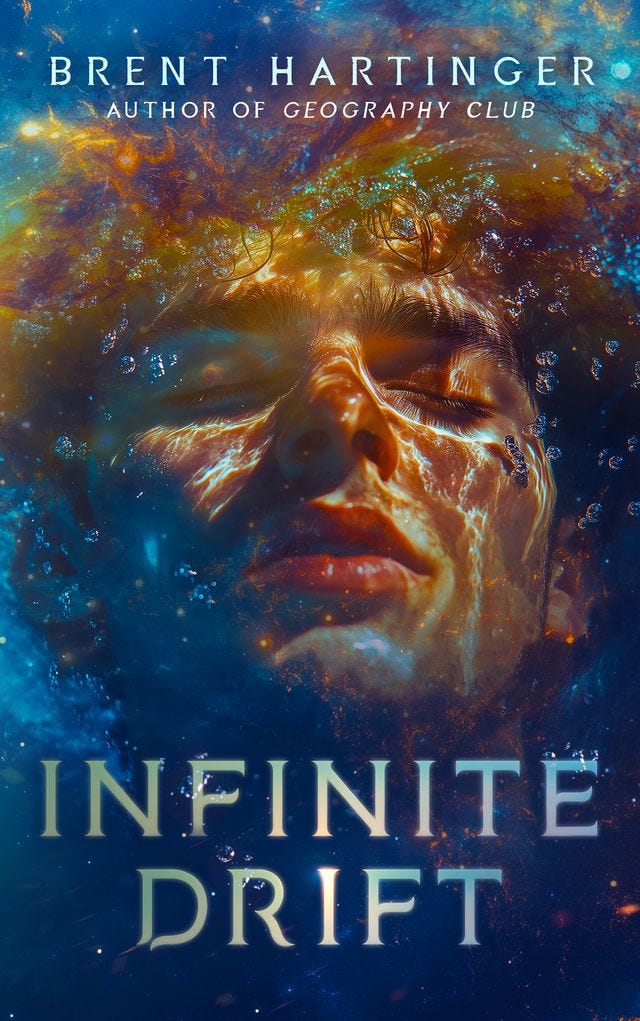
My obsession since the end of June!! The best workout playlist too 😂 🕺🏼
For any other fans reading this: check the subreddit about KDH! I learned so much about the artists, how it was made, small details from the movie that are hard to catch, etc!
Well, I honestly thought this was meant for teens but you have me rethinking my attitude and I may just give it a watch😁